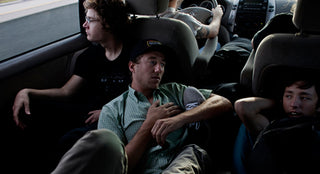Jason is one of those photographers who was lucky enough to find work right out of college doing what he does best for some of the biggest names in media.
That kind of work is only given to people who have that unique eye and a hustle for working on deadlines. Working as a freelance journalist is crazy hard: You have to please the client, all the while staying true to your style and true to what calls you to draw the camera to your eye. You have to see value in the moment and the composition and shoot it all in an instant. Quick on your toes while always thinking artistically and aesthetically. Right and left brain all the time at once. Most freelance photographers and artists of other forms do freelance work in order to continue to pursue the artistic journey, and to be able to do both at once is a blessing. Jason piles a lot on his plate, but always joins the clean plate club after dinner. The past couple weeks have been crazy for Jason, prepping for his two-person exhibition at our Oakland space, Athen B. Gallery, all while handling his hustle.
Jason’s current series for his exhibition SUBJECTS with Shawn Bush focuses geographically on the landscape of North Dakota, home to 150 of the nation’s 450 nuclear intercontinental ballistic missiles built during the Cold War. The work is described as “a narrative of impending doom through apocalyptic landscapes and pensive portraits that are shrouded in a false sense of security born of blind patriotism.” The images are somewhat haunting, barren with a sense of neglect. Color, composition, and mood are thoughtful, powerful, and dense, and there is much intention and thought behind Jason’s work ethic. He feels and thinks in that instant he shoots – a perfect combination of documentarian and artist. Right and left brain all the time at once.
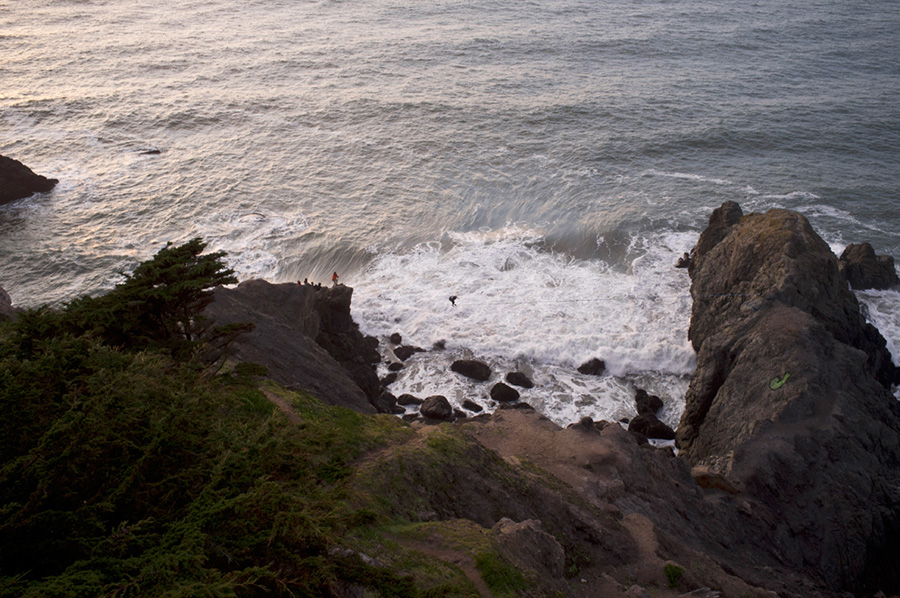
Brock Brake: When did you first start photographing the world around you?
Jason Henry: Truth be told, I would take my mother’s Canon Rebel 2000 – which was the latest and greatest consumer camera of its time – and photograph my friends skating when we were like 15 or 16, date stamp, pop-up flash and all. Really, really bad photos, but I instantly fell in love with it and it has become this huge monster in my life, for better or for worse.
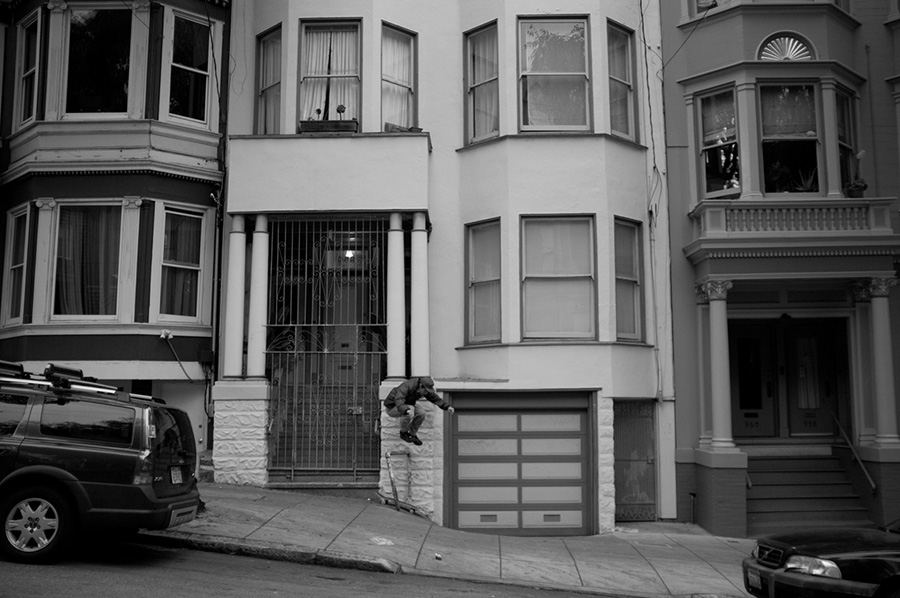
What was it like going to Journalism school in Florida? What were some of the assignments you had for the local paper? Anything out of the ordinary?
I got heavy into skate photography for my high school years and even started to get some of my photos in legitimate titles like SLAP and Skateboarder (RIP), but my family wanted me to go to college and I had scholarships, so I did. I knew I wanted to do photography in school and had to choose between an art program or a journalism program, and for some reason I chose journalism, likely because I’m really into current events and global politics and it felt more relevant.
For a while I tried to do both skate photography and photojournalism and it felt like I was neglecting both because I was stretching myself too thin. There was an amazing community of skating going on at the time in Gainesville consisting of Colin Read (of Mandible Claw) Jimmy Lannon, Carlos Jaramillo, Matt Town, and others, and I started missing out from that scene because of school. That was where my departure from skate photography happened. I still love it and would love to do it more often, but I’m not as connected to that world and it takes a certain level of commitment to always be in the streets that I don’t have the luxury of doing anymore.
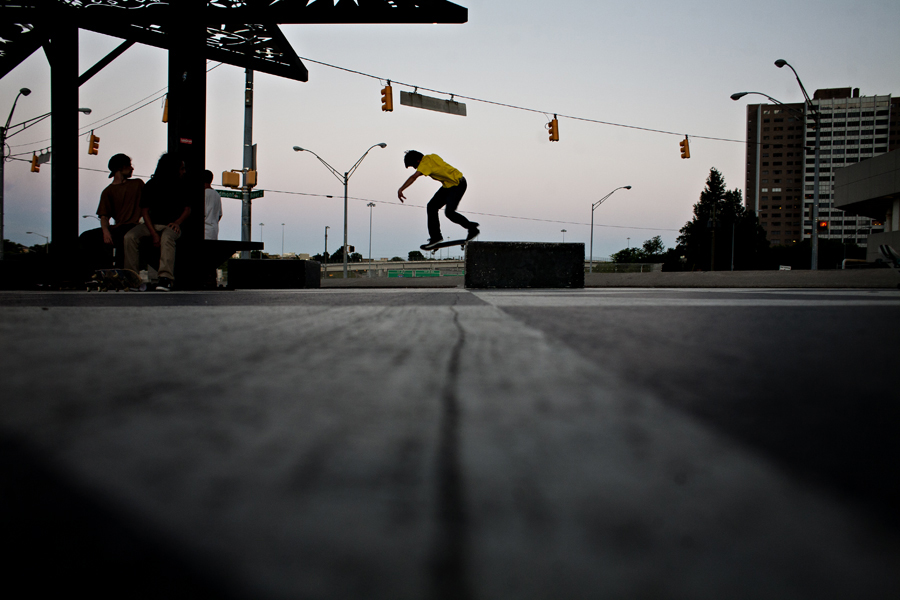
When do you think you developed an aesthetic style with your photography? Any things that change and evolve over time? Are there some things about your aesthetics, composition, or style that stay the same?
My aesthetic has changed multiple times over the years, and I would say that I still haven’t narrowed in on a style that I identify with as being my own. As a result of going to school and starting to work for newspapers, I became a product of that environment and adapted my style to fit that mold.
I woke up one day and realized I was making other peoples pictures and not my own. It’s a pretty heavy realization if you put all your eggs in one basket. I then I started making pictures that were the antithesis of how I’d been shooting. I had been shooting with a 35mm lens, natural light, with a relatively shallow depth of field before, so I started shooting with direct flash, tight glass and a wider depth of field. I fell in love with composition again and became enamored with gesture and body language. One thing that has always stayed the same is the documentary approach. My technique and style are always in flux, but my approach hasn’t wavered.
You have a long list of past clients such as VICE, The Wall Street Journal, The New York Times, Bloomberg Businessweek, and NPR. How did you get your foot in the door for some of those jobs?
Mostly from friends who’d pass my name on to editors that needed someone in Florida where I was living years ago. Then I would become their go-to Florida guy and it all kind of snowballed from there, and all of a sudden I have enough work to keep me busy right out of college.
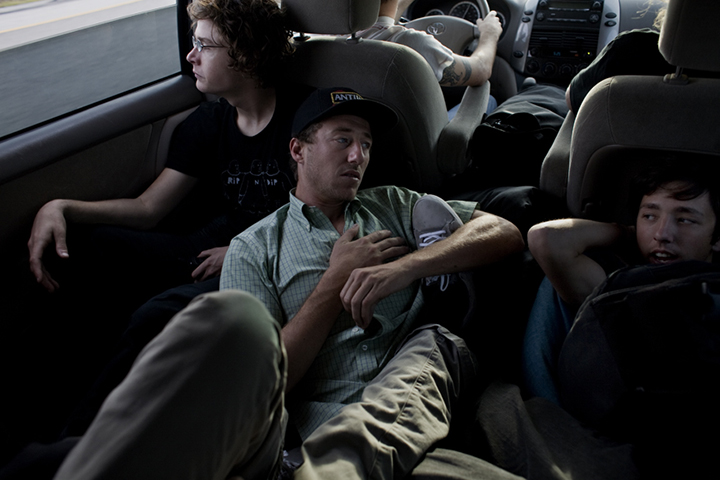
Let’s talk a little about skateboarding. Where are some cities you’ve visited during skate trips? What was the best trip and why? Did skateboarding contribute to or influence your photography style at all?
I traveled all throughout Florida for most of my youth. Constant trips to Miami and Tampa as those were the skate meccas of that region. I’m grateful to have gone on a bunch of trips with close friends, but likely the most memorable one was the RIPNDIP Kook Out Tour where we piled in a van and went to different parks and just grilled and skated, crashing wherever we could. The tight-knit crew was based around filmer Grant Yansura (Weekndtage, Cosmic Vomit, now of Nike) Johan Stuckey (of WKND), and brought together by Ryan O’Connor’s company RIPNDIP. Everyone was just all about having fun and laughing doing dumb stuff you do in your youth. Skating definitely had zn influence in the roots of my photography…
What made you decide to go to North Dakota to start the project?
My friend, photographer Ian Bates, approached me about doing a group project along with photographer Jim McCauley in North Dakota where we each focus on our own stories, but our similar styes and approaches would link them together. I started doing research about the state and what had been done already, and I came upon the military presence and was fascinated by the history and where it stands today. My extended family is all Air Force military and my grandfather helped oversee the proliferation of nuclear missiles while working for Space Command, so I’ve always had some interest in where I fit into that familial tree.

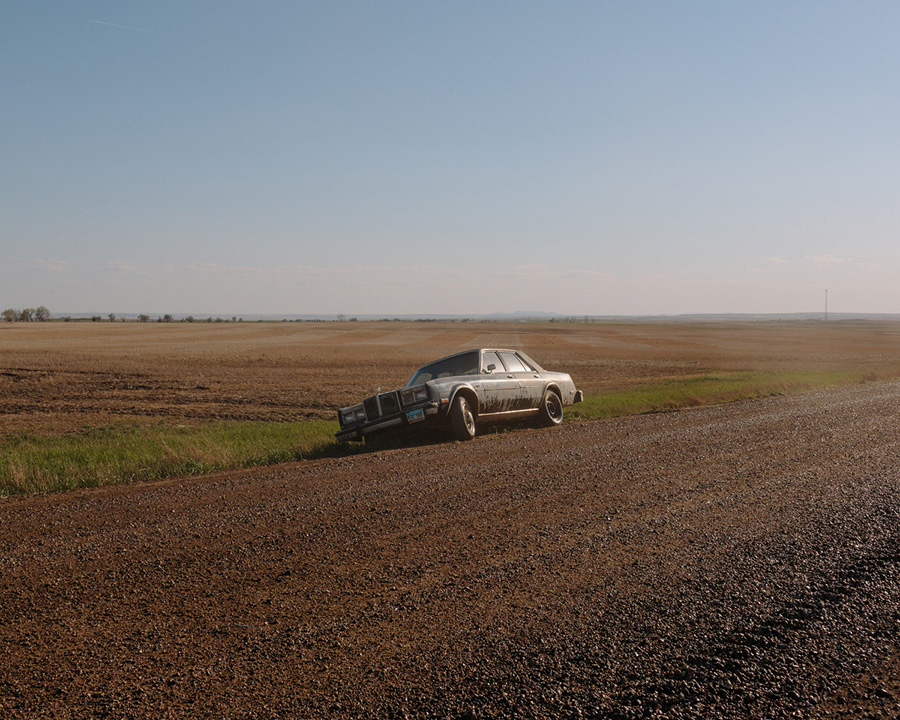
For your exhibition at Athen B. Gallery, you’re displaying a body of work on nuclear missile sites in middle America. How did the idea behind a project like this come about? What is it about these towns that intrigue you, and why America’s nuclear sites?
Like I was mentioning, I was just doing research on the state and I came across the Air Force base in Minot, which houses the B-52 bombers and oversees the fleet of 150 nuclear missiles in the state. I had this eureka moment of realizing the link to my family and became overtaken by the idea, doing research for days on end, making phone calls, just trying to hash out a way to go about photographing the places in which these things exist.
“THE ISSUE I WAS DRAWN TO WAS THAT THE WEAPONS… ARE RUN OFF OF [SUPREMELY OUTDATED COMPUTERS”
I got in contact with the public information officer at the base and let them know what I was doing, and asked for clearance to be given a tour of the base, but was denied multiple times due to other events happening and the recent bad press they’d gotten about the nuclear missileers. 60 Minutes, the news program, coincidentally put out an investigative piece called “Who’s Minding the Nukes?” about a week after I came upon the idea to do the project. It was a huge resource of information, but I wasn’t sure if I had missed the boat so to speak on the story. I knew it hadn’t gotten as much national attention as it deserved, so I decided to go through with the project.
The issue that I was drawn to was that the weapons – the most powerful and devastating on the planet – are run off of computers the size of refrigerators; and I don’t mean super computers – these things can do far less than an iPhone. So the equipment is supremely outdated from the ’50s, and the force had only one tool that they used to do maintenance on the warhead that they’d FedEx in between bases. My initial intention was to photograph as many of the launch sites as possible, and pair them with portraits of the people who have them in their literal backyard. I would call the PIO at the base everyday and let them know where I was going so that they would send a response team out to shoot or harass me or something. I would be like, “I’m going to be around flights A-01 through B-09 today, so if the radars are tripped just know it’s me.” The towns that I focused on were the ones that had missiles on the outskirts of town, not more than a few hundred yards from a home.
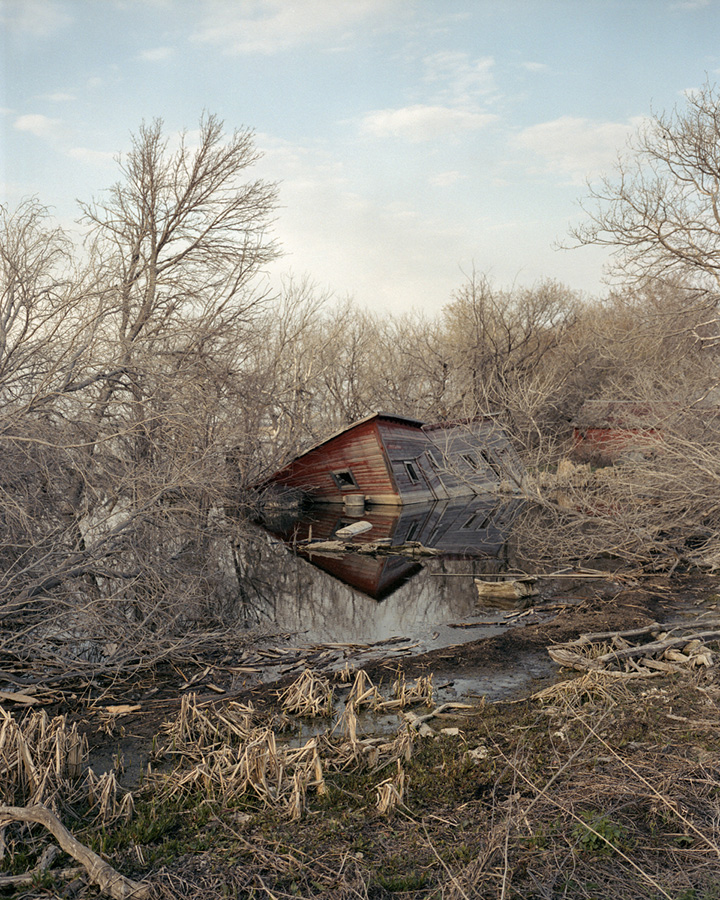
Most of the locations you choose for the photographs in your collection for Athen B. seem lonely, neglected, outdated. Explain the story behind these locations and why we may get this vibe from them.
North Dakota has long been a neglected state in terms of tourism and economy, and likely just shows in the images. The recent oil boom is concentrated in the west, and most of this work is the middle of the state. It’s a relatively lonely place. Friendly people, but just so much space and really small towns.
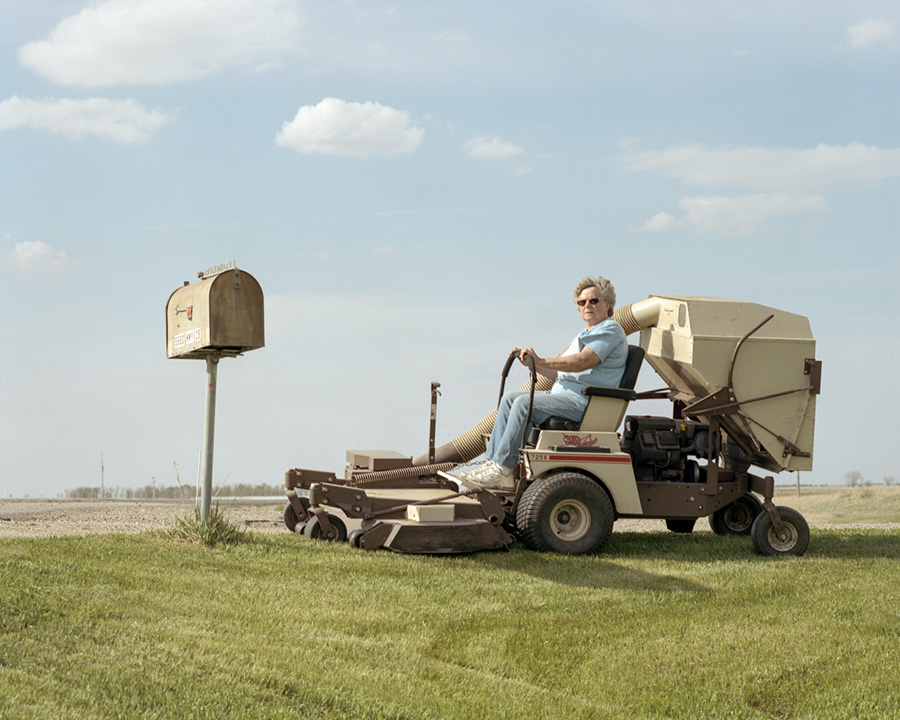
What’s next for the series?
Well, there are identical programs in Wyoming and Montana, so I’d like to check them out and see what the landscape is like.

Who are some of your favorite photographers right now?
I enjoy a lot of my friends’ work but I don’t want to name like 30 people. I’m really into Thomas Prior’s simplicity and complexity. Michael Schmelling, Viviane Sassen, Lars Tunbjork, I could go on.
What’s up next for Jason Henry?
Take the dog for a walk, of course.
::
See more photography by Jason Henry at his website jhenryphoto.com and on Instagram @jasonhenry.
Jason is a part of Athen B. Gallery’s SUBJECTS photography show, along with Shawn Bush at 1525 Webster St. Oakland, CA.

